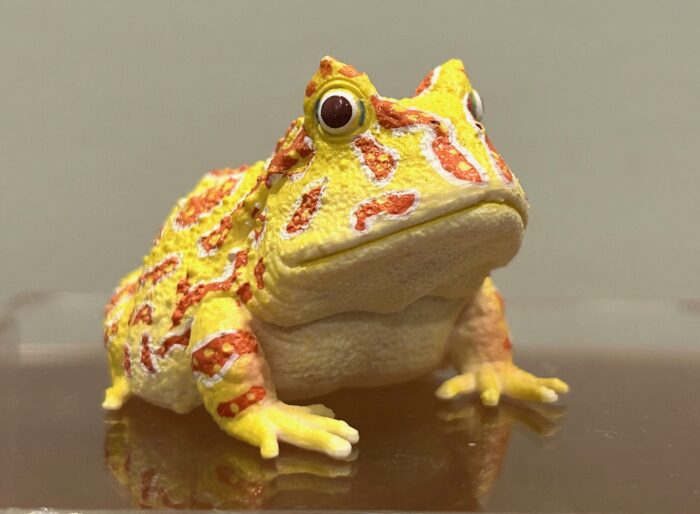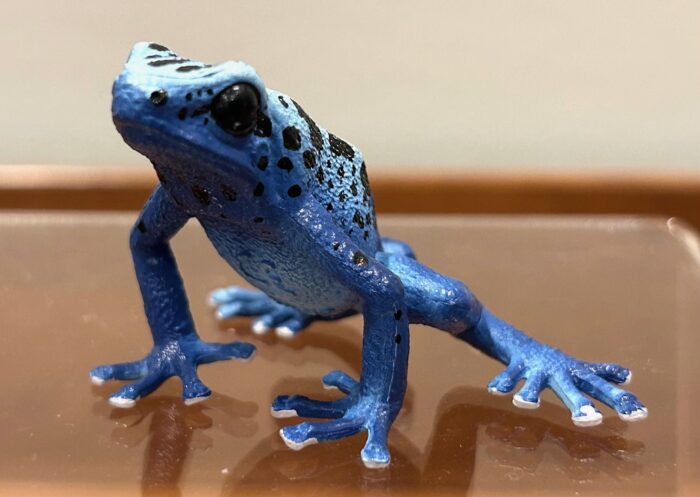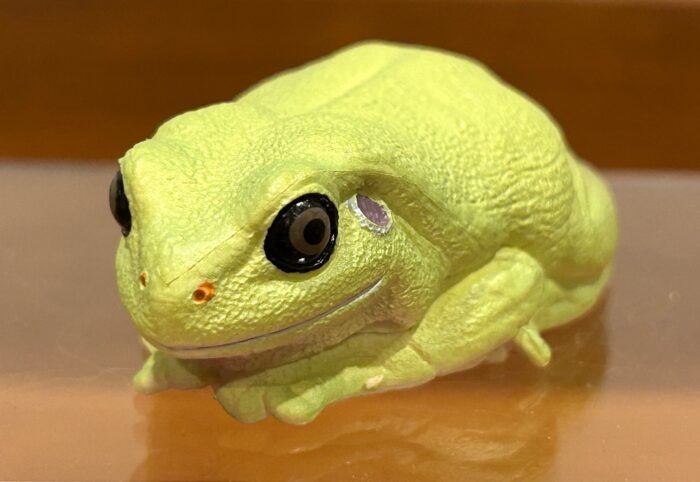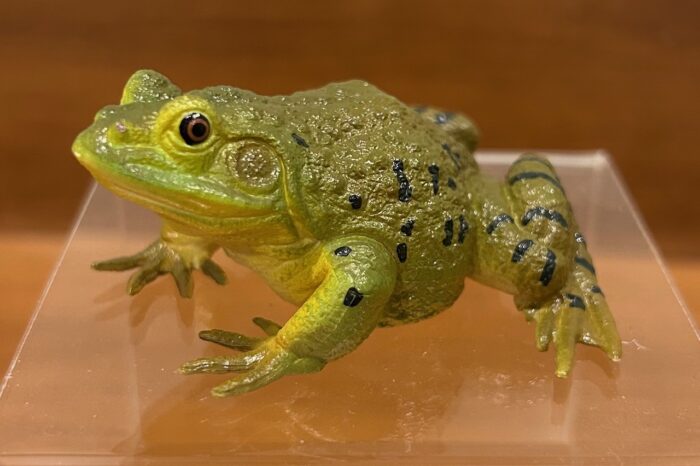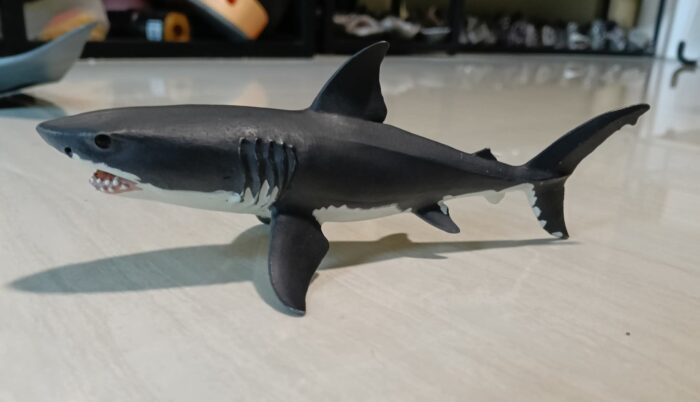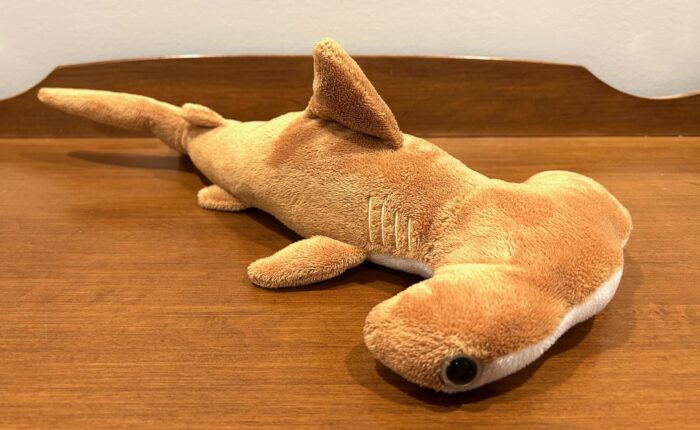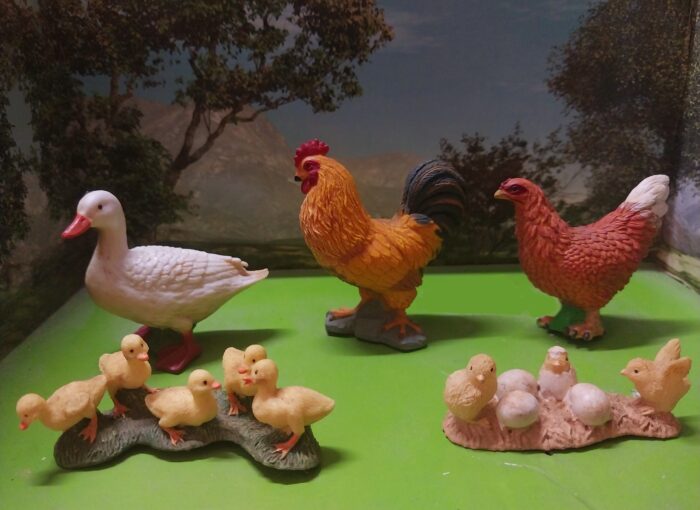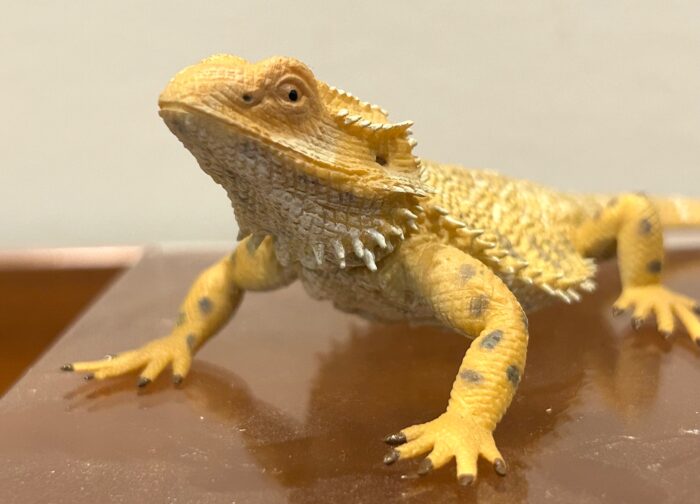Review and images by Suspsy; edited by bmathison1972
The Argentine horned frog (Ceratophrys ornata) or ornate horned frog is the most common species of horned frog. As its name suggests, it is found in Argentina, but also in Brazil and Uruguay. And it is famous for being a voracious predator that will try to consume any organism it can fit into its mouth.

